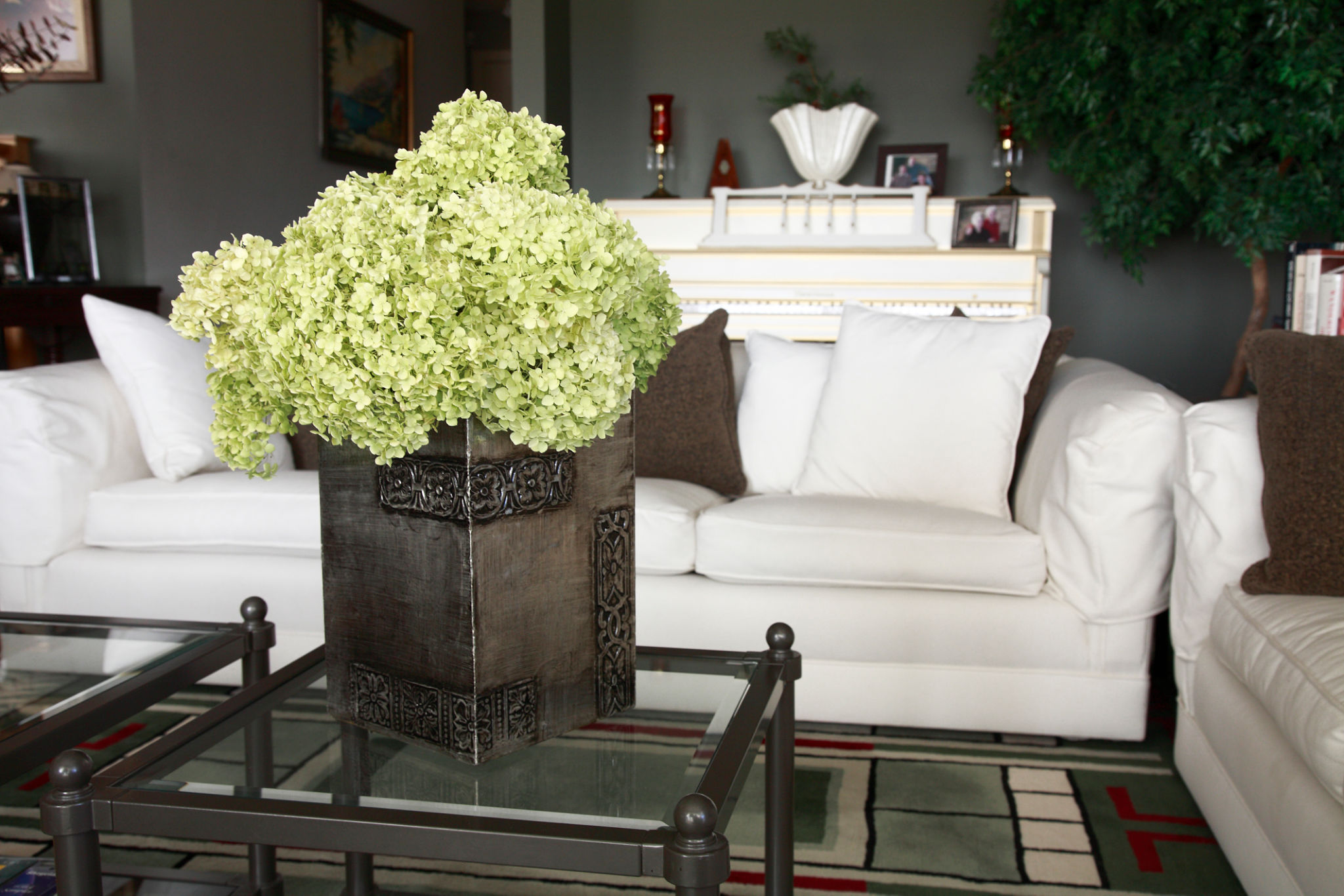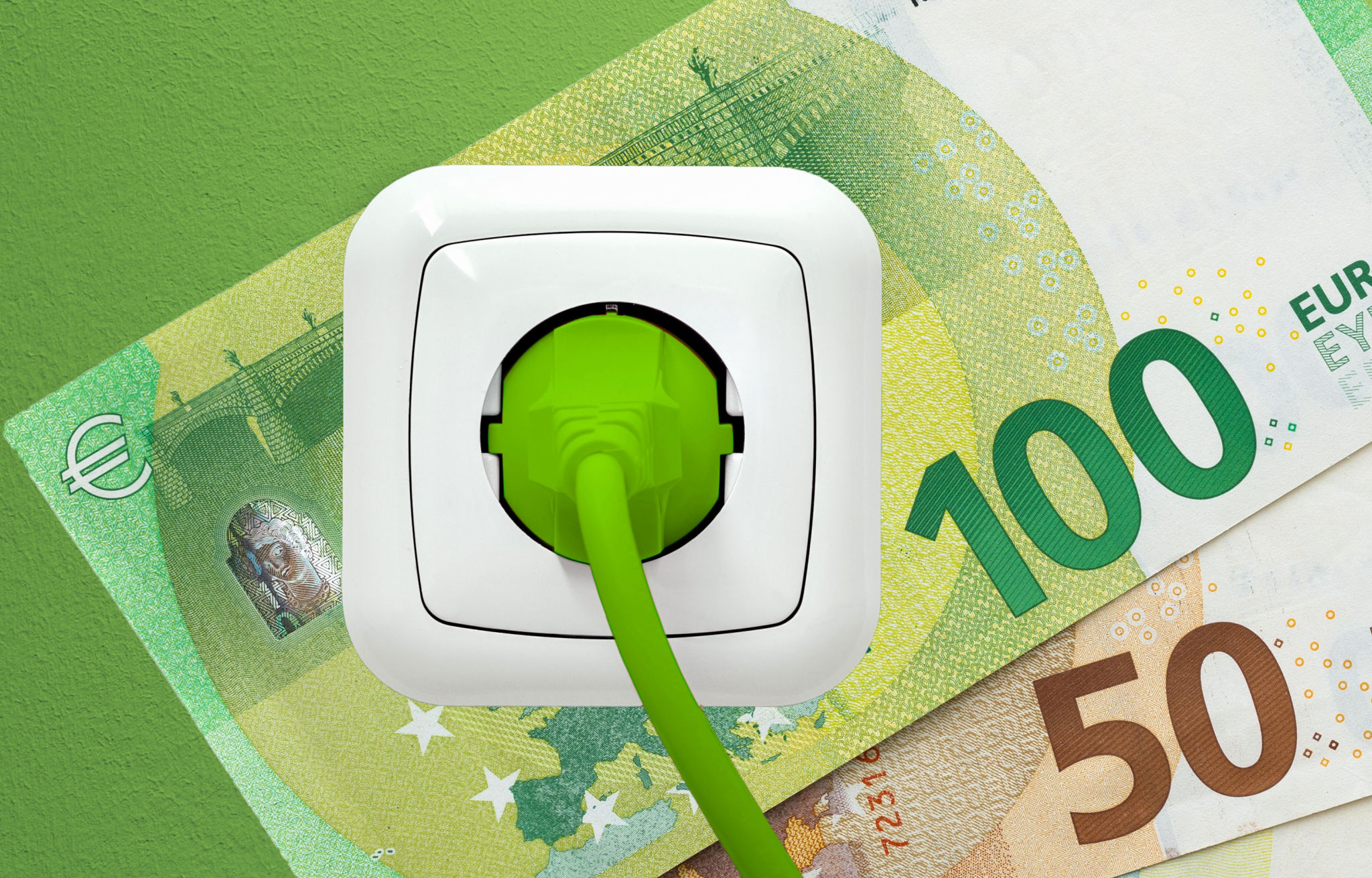Virtual vs. Traditional Home Staging: Which is Right for You?
When selling a home, first impressions are everything. The right staging can make all the difference in how potential buyers perceive the space. With advancements in technology, sellers now have the option of choosing between traditional home staging and virtual home staging. Both methods have their unique advantages and disadvantages, making it essential to understand which approach best suits your needs.
Understanding Virtual Home Staging
Virtual home staging uses digital software to add furniture and decor to photos of an empty home. This method is cost-effective and can be completed swiftly, offering a realistic view of how a space can look fully furnished. Virtual staging is especially beneficial for properties that are already vacant, as it eliminates the need for physical furniture.

One of the key benefits of virtual staging is flexibility. Sellers can easily change styles or layouts to appeal to different buyer demographics without incurring additional costs. Moreover, virtual staging allows potential buyers to visualize the potential of a space from the comfort of their own homes, which can be particularly advantageous in today's digital age.
The Essentials of Traditional Home Staging
Traditional home staging involves physically furnishing and decorating a home to enhance its appeal. This method provides a tangible experience for buyers, allowing them to walk through a space that is thoughtfully arranged. The sensory experience of touching and seeing real furniture and decor can create a stronger emotional connection for potential buyers.

For many buyers, experiencing the feel of a staged home can be more compelling than virtual images. It offers an authentic sense of scale and proportion that virtual staging might not fully capture. However, traditional staging can be more expensive and time-consuming, requiring coordination with professional stagers and possible rental fees for furniture.
Comparing Costs and Time
Cost is often a significant factor when deciding between virtual and traditional staging. Virtual staging is generally more affordable since it eliminates the need for physical items and labor. Traditional staging costs can add up quickly due to furniture rental fees, transportation, and setup labor.

Time is another consideration. Virtual staging can be completed in a matter of days, while traditional staging might take weeks to coordinate and execute. For sellers looking to put their homes on the market quickly, virtual staging could be the more practical choice.
Which Staging Method is Right for You?
The choice between virtual and traditional home staging largely depends on your goals, budget, and timeline. If you are selling a home in a competitive market and want to make a swift sale without breaking the bank, virtual staging might be ideal. It allows you to showcase your home in its best light quickly and affordably.
On the other hand, if you believe that potential buyers will benefit from experiencing the physical layout and ambiance of a staged home, traditional staging could be the better option. It may be worth the investment if you think it will lead to a higher selling price or quicker sale.
Making Your Decision
Ultimately, the decision between virtual and traditional staging should align with your specific needs and preferences. Consider factors such as your target market, how competitive your local real estate market is, and your budget constraints. Consulting with a real estate professional can also provide valuable insights tailored to your situation.
In conclusion, both virtual and traditional home staging have their merits and can significantly impact how quickly and profitably you sell your home. By weighing the pros and cons of each method, you can make an informed decision that maximizes your home's appeal and meets your selling objectives.
